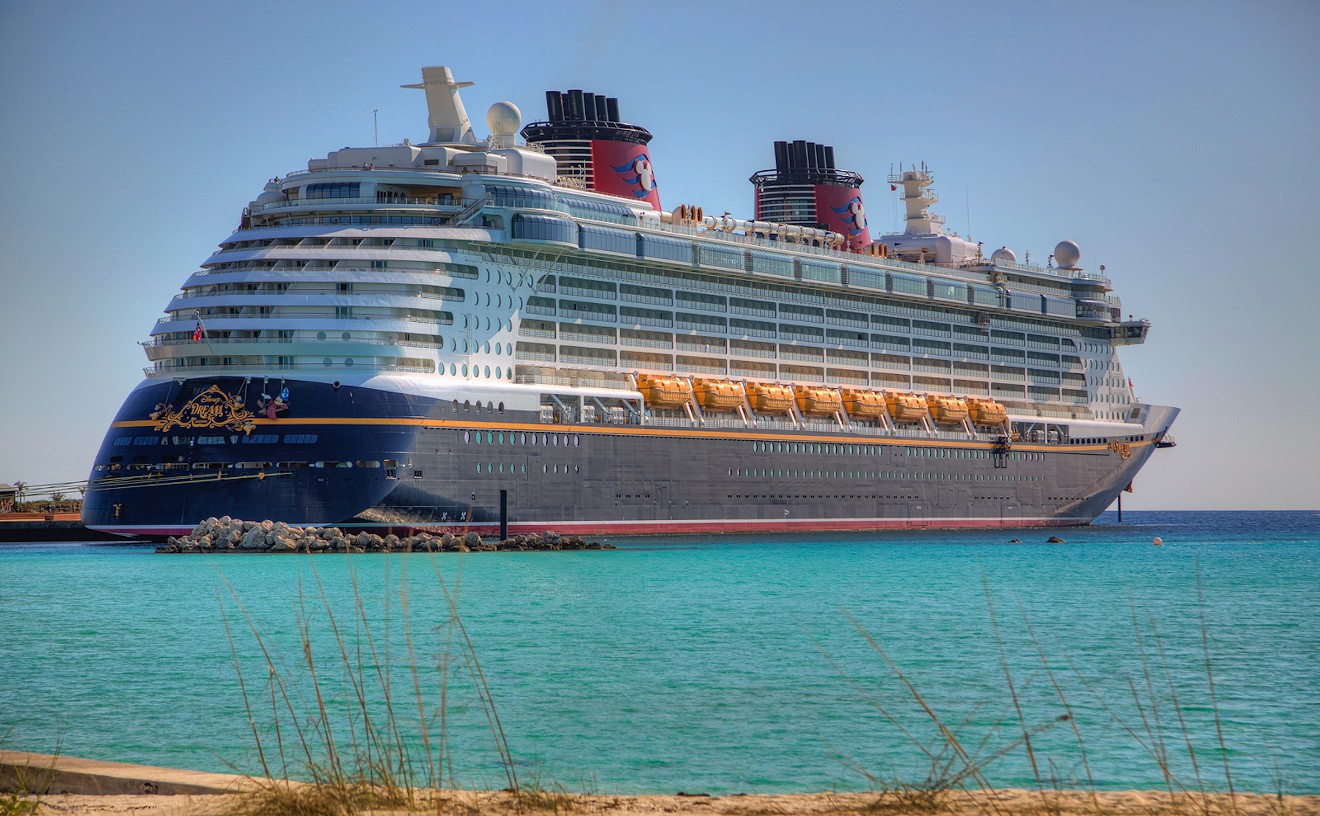State wildlife officers who patrol the site use long, hooked poles to retrieve clothing and effects and then they dispatch them to the Dade County Medical Examiner's Office. There, volunteers "decontaminate" the debris with a bleach solution and send it to the families of the dead. The funereal mission is meant not only to return possessions but also to help the grieving realize and accept their loss. Survivors of crash victims have applauded the ME's office for sensitivity to the families and its attempts to telephone them before sending out the posessions. But the warning call does not always sound. Without it, the artifacts, sent in a plain brown envelope by certified mail, provide an unexpected and grim reminder of the person who left them behind.
"A packet came in the mail about six weeks ago," recalls Lynne Robertson, who shares a house in Nashville with the wife of a crash victim. "It did come certified. We knew it was from there [the ME's office] but we didn't know what was inside. It was a wallet, his ID. It was water damaged; it had bits of the swamp in it. They even sent back a clump of paper that was his checkbook. It was pretty gruesome."
Natural elements that make the swamp uninhabitable -- alluvia (which blossoms into dark underwater clouds when disturbed), sweltering heat and humidity, mosquitoes, and stinging flies -- have also made it difficult to recover human and material remains. For a month after the May 11 crash, a phalanx of police and rescue workers assembled on wooden platforms and, using shovels and picks, cut through the layered material in hopes of gathering enough evidence to identify the victims and find the crash's cause. In June, the workers gave up hope of recovering any more identifiable human remains at the site, but in the ME's quiet offices, the staff is still trying, however frustratedly, to identify the human tissue that has already been gathered. So far, 65 of the 110 passengers have been identified. "I'm not hopeful we're going to identify more," says Chief Medical Examiner Dr. Roger Mittleman.
Shortly after the crash, fire and rescue workers gathered the personal items retrieved during the first swamp forays, constructed mounds of it at the Radisson Mart Plaza Hotel, and invited the families to identify the items.
Police and wildlife officers now take airboats through the spiky marsh every two or three weeks to recover keepsakes. For the officers, the search has become a kind of vigil. "If I can provide closure for one family member I feel better about it," says Lt. Jerry Lord of the Florida Game and Freshwater Fish Commission. "I feel elated. We got pretty close to some of these family members, who have been coming out to the site."
Mitch Bridges, who has owned the Everglades Holiday Park off State Road 27 near Davie for eight years, guided the first recovery crews to the crash site and watched the swamp swallow the debris. He says the plane went down at a 45-degree angle and created a 100-foot crater.
"It threw fuel, and that burned the grass," he explains. "It threw the muck and the fuel and everything else forward in a big V."
The fuel and muck mixed with the dead grass creates a kind of wattle. During dry periods, the stuff congeals. Personal belongings are secreted below the layers. Nothing moves. Intermittent winds and storms breach the plant cover, however, and things begin to cycle up.
The submerged items are also subject to a process called "burping" by the experts who help gather up crash fragments as a part of their job. Underneath the mat of vegetation, the shape of things changes. A handbag decays, emitting gases and bubbles, displacing the water inside that made it sink in the first place, according to Earle Peterson, recovery coordinator for Metro-Dade's Office of Emergency Management. After losing water, the handbag is lighter than the water and muck around it and it rises to the surface, Peterson explains. Unfortunately, human remains are also swept down, since bone matter is heavier than water and sinks. Later, shards of bone can be forced up by a sudden release of gases.
"This is a perfectly natural process, that could go on as long as a year," Peterson says matter of factly. "So we were rather anxious to see that [the area] remains off limits to the grizzly sorts that inevitably come around."
Atlanta attorney Richard Kessler, whose wife Kathleen died in the crash, wants the state to officially declare the site a graveyard. The governor and cabinet have to approve such a designation, which would make it a misdemeanor to tamper with any crash relics. Kessler also wants to raise money to construct a plaque or statue memorializing the victims. "It's still in the initial stages," he relates. "A lot of families are still traumatized. We're going to try and raise the money in the next year and build a memorial either at the site or some place close to the site."
Kessler and families of other airline crash victims successfully lobbied Congress to create a special federal office for helping victims of airline crashes and other catastrophes. The bill also tightens airport security and screening procedures. President Clinton signed the bill into law last week.
Kessler worries that even the most concerned professionals can inadvertently wound the emotions of these families again and again by sending back recovered items. On the other hand, he longs to obtain his wife's property -- like her engagement ring, which presumably has been lost in the tangle. He longs to bury her remains -- a wish he will probably never fulfill. "It's all still out there in the Everglades ... we got nothing back, other than some belongings that had been decontaminated."
Robertson, whose friend's husband died in the crash, also insists that it's important to obtain the personal effects no matter how or when they arrive. "To see them, you realize you've lost someone -- it's like seeing a corpse," she relates. "On some level, it's helpful. With [this] plane crash, there's no reality; there's no crunched car."
Eventually, the Everglades will heal, promises Peterson. Vegetation will disintegrate and the muck will sink once more onto the limestone. Fresh grass will replace the burned patches. Even the birds, the flies, and the alligators will come back. Only rarely will a fragment percolate to the water's surface and signal the presence of the archive below.










